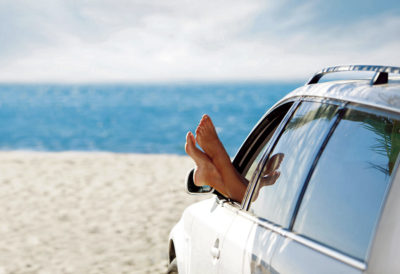It’s summertime and the living is easy. Unfortunately the driving is most likely not. Hot weather, especially in Canada where we experience a significant change of season, can be tough on your vehicle. Here are my top 5 summer driving tips to make commuting to work or taking that long awaited family road trip a little easier to deal with.
Keep Your Vehicle in Excellent Shape
It may seem obvious, but so many of us forget to have regular check-ups performed on our automobiles. One of the most important things you can do to make sure your vehicle is ready for summer is to maintain the engine. More commonly referred to as a tune-up, this service should be completed by a professional mechanic to make sure the job is done right.
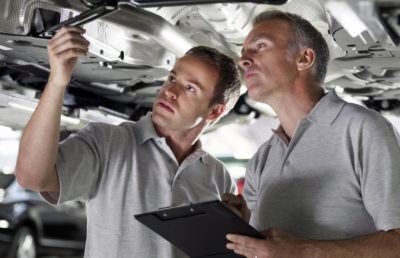
Be aware that different service centres offer different types of tune-ups. Ask questions and find out what your mechanic includes in their service. A quality tune-up will change the spark plugs if necessary and run a precise series of diagnostic tests and adjustments to maintain top engine performance.
Tune-ups normally do not include oil changes; chassis lubrication; brake work or inspection, tire rotation, balancing or alignment; or transmission fluid flush. As a general rule it is a good idea to make sure this is completed at the same time.
Check your vehicle owner’s manual for a detailed service schedule and stick to it. Putting off engine maintenance may result in a breakdown in the middle of your morning commute or vacation, thus ruining your drive to work or that highly anticipated getaway. Regular maintenance goes a long way in helping keep the peace with your vehicle and the rest of the family.
Check Vehicle Fluids Regularly
By and large, oil should be changed every 10-12,000 km’s or once a year whichever comes first. If you use synthetic oil, recommended oil changes will be less often. When changing your oil, it is also important to change the oil filter at the same time. A dirty filter is not something you want contaminating new oil.
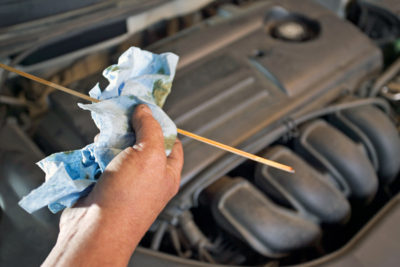
Coolant and antifreeze are the same fluid. Change these fluids once a year and be sure to flush the entire system to remove any built-up deposits. Ask your mechanic to check all hoses for any cracks or wear and tear.
Brake and steering fluids are critical to the operation of your vehicle. Open the hood and look to make sure proper levels are maintained, or have your mechanic go over the vehicle at every oil change. Check your wiper blades on a regular basis and be sure to have plenty of washer fluid in the reservoir and an extra container in the trunk just in case. Driving around with a dirty, streaky windshield is never a good idea.
Keep Your Tires Inflated
Maintaining your tires is an easy task that only takes a few minutes and will save money and the potential for headaches down the road.
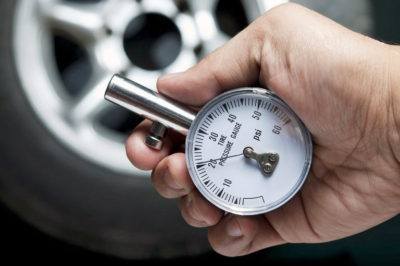
Always make sure your tires are properly inflated. Under-inflated tires cause unnecessary stress on the rubber, with the result being early and irregular tread wear. We can all benefit from a little improvement in fuel economy, proper tire inflation helps with this as well.
As funny as it may sound, get to know how your tires look when they are properly inflated. Recognizing any change in inflation while approaching your vehicle becomes a little easier if you know what they look like at peak inflation. Keep a tire pressure gauge in the glove box and use it on a regular basis to check your tires. Refer to your owner’s manual for correct tire inflation rates. Do not use the figure posted on the sidewall of the tire. This is the maximum tire pressure allowed, not the proper tire pressure for everyday driving.
Before a trip, check the spare tire to confirm it’s secure and properly inflated. Also, make sure you know where the tire jack is and how to use it. As a way to become more comfortable with your automobile, get the family together and practice changing a tire before you leave. If your vehicle is equipped with a small spare tire, or foam filler as is the case with many new cars today, learn the basics of what to do in an emergency. If you are a member of an auto club, keep the number in your glove box as well as stored on your cellphone.
Develop an Emergency Kit
Now that your vehicle is all set for summer, you should take some time to develop an emergency kit, such as the Premium Auto Safety Kit from Canadian Tire, to be stored in the trunk of your vehicle just in case something unforeseen happens. Here is a list of some of the essential items to include.
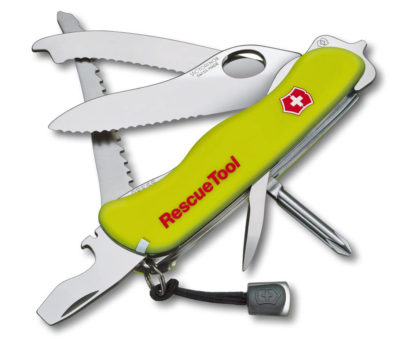
Energy bars
Water bottles (change every six months)
Emergency blanket
Extra clothing and shoes
First aid kit
Road maps (you may not always have cellphone coverage)
Whistle
Candle and matches
Flashlight (preferably wind-up)
Jumper cables
Road flares (minimum 2)
Electrical tape
Fire extinguisher
Included in every emergency kit should be a multi-purpose tool such as the “Rescue Tool” by Victorinox. Developed in co-operation with emergency medical and rescue services, features include a window breaker, wire stripper, one-handed blade, Phillips screwdriver and belt cutter among others.
Wear Sunglasses While Driving
ZZ Top recommends buying a cheap pair of sunglasses in their classic song from 1980. While this may be a great back-up plan for the glove box, a pair of quality driving glasses is a much smarter way to go.

Most experts recommend polarized lens as they dramatically reduce haze and glare, reduce eye fatigue and allow the wearer to see objects more clearly. Manufacturers such as Serengeti Eyewear, Ray Ban, Maui Jim and many others use distortion-free optical glass. Heavier than the plastic lenses found in less expense eyewear, glass absorbs 100% of UVB rays and no less than 98.5% of harmful UVA rays. Design and style is never a concern with the aforementioned companies.
While it may seem obvious for adults to include a quality pair of sunglasses as part of their regular commute or family trip, kids benefit just as much if not more. Experts believe our eyes get 80 percent of their total lifetime exposure to the sun’s UV rays by age 18. Reports claim that since excessive lifetime exposure to UV radiation has been linked to the development of cataracts and other eye problems, it’s never too early for kids to begin wearing good quality sunglasses outdoors.
Conclusion
Summer drives are an experience to be shared with fellow commuters on the road and hopefully our families on vacation or weekend road trip. With a little planning and vehicle maintenance, it is certain to be more about the drive and less about unwanted stops. Plan for things to go wrong at some point and when they do the pain will be a little less stressful. For those times when all is right, put on the shades and let the go times roll.
